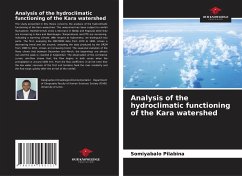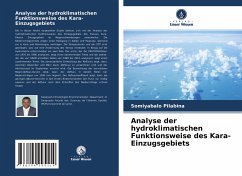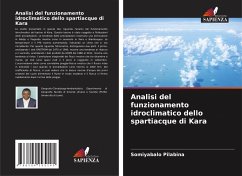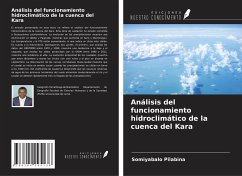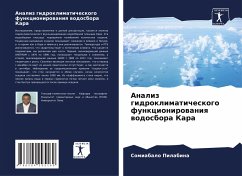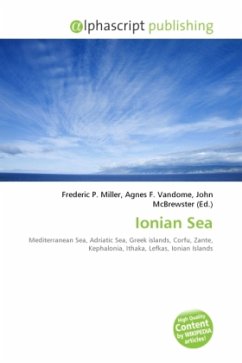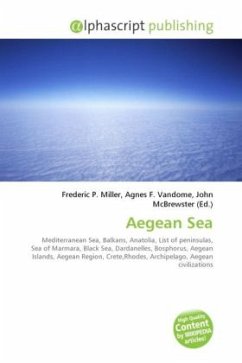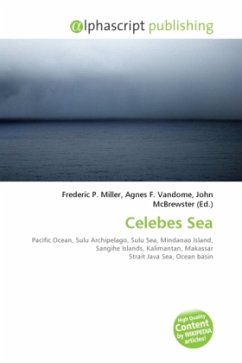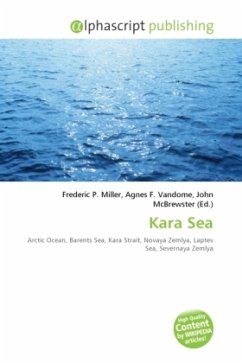
Kara Sea
Versandkostenfrei!
Versandfertig in 6-10 Tagen
22,99 €
inkl. MwSt.

PAYBACK Punkte
11 °P sammeln!
High Quality Content by WIKIPEDIA articles! The Kara Sea is part of the Arctic Ocean north of Siberia. It is separated from the Barents Sea to the west by the Kara Strait and Novaya Zemlya, and the Laptev Sea to the east by the Severnaya Zemlya. The Kara Sea's Northern limit is marked geographically by a line running from Cape Kohlsaat in Graham Bell Island, Franz Josef Land, to Cape Molotov, the northernmost point of Komsomolets Island in Severnaya Zemlya. The Kara Sea is roughly 1,450 kilometres long and 970 kilometres wide with an area of around 880,000 km² and a mean depth of 110 metres. ...
High Quality Content by WIKIPEDIA articles! The Kara Sea is part of the Arctic Ocean north of Siberia. It is separated from the Barents Sea to the west by the Kara Strait and Novaya Zemlya, and the Laptev Sea to the east by the Severnaya Zemlya. The Kara Sea's Northern limit is marked geographically by a line running from Cape Kohlsaat in Graham Bell Island, Franz Josef Land, to Cape Molotov, the northernmost point of Komsomolets Island in Severnaya Zemlya. The Kara Sea is roughly 1,450 kilometres long and 970 kilometres wide with an area of around 880,000 km² and a mean depth of 110 metres. Compared to the Barents Sea, which receives relatively warm currents from the Atlantic, the Kara Sea is much colder, remaining frozen for over nine months a year. The Kara receives a large amount of fresh water from the Ob, Yenisei, Pyasina, and Taimyra rivers, so its salinity is very variable. Its main ports are Novy Port and Dikson and it is important as a fishing ground although the sea isice-bound for all but two months of the year. Significant discoveries of petroleum and natural gas, an extension of the West Siberian Oil Basin, have been made but have not yet been developed.



